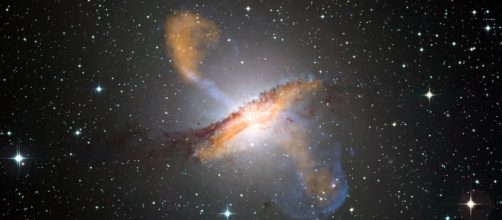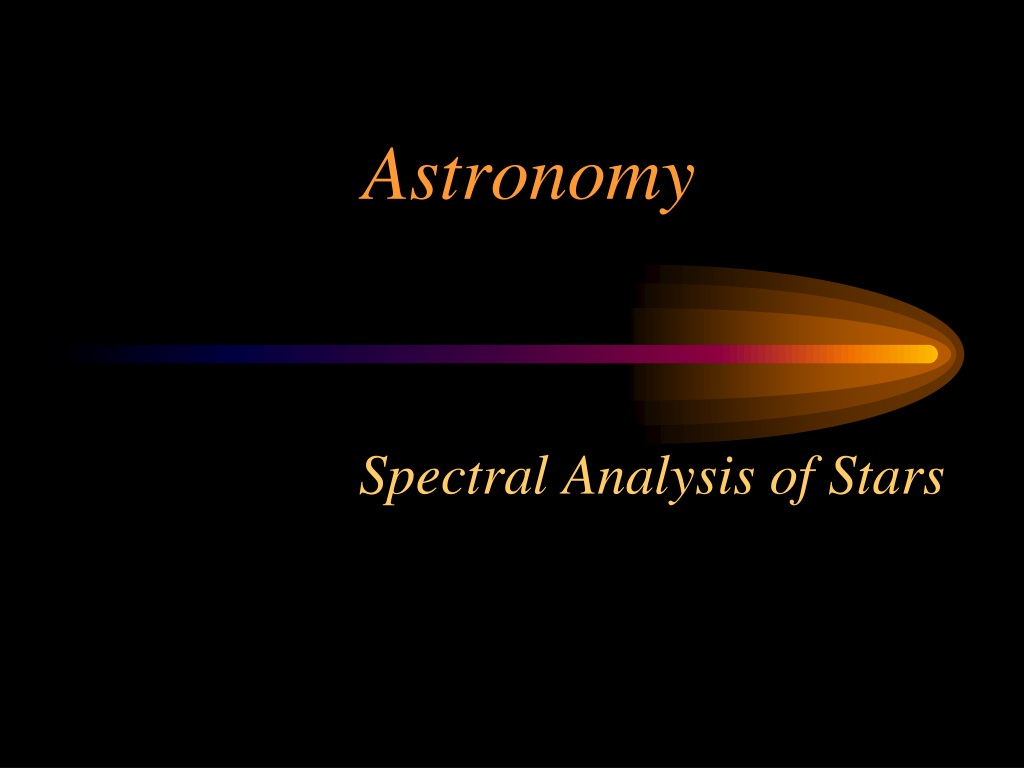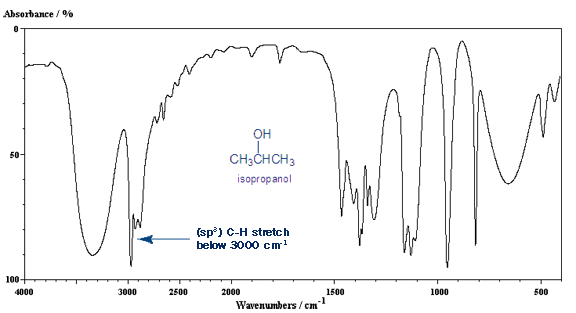Test Match QChat Created by BeaDoh Terms in this set (72) A star whose spectrum peaks in the infrared is: cooler than our sun Which of the following procedures would allow you to make a spectrum of the Sun similar to the one shown, though with less detail? Pass a narrow beam of sunlight through a prism.
PPT – Spectral Analysis of Stars PowerPoint Presentation, free download – ID:9684293
Stars as Observed in the Infrared. The figure below shows what stellar spectra are like in this wavelength range. All stars hotter than about 3000 K effective temperature radiate like a hot blackbody at these long wavelengths, possibly with a very few atomic lines (of Hydrogen, in the A-type stars) or molecular bands (the CO band overtone near 2.25 microns for example, in K-type stars and G

Source Image: thermofisher.com
Download Image
For example, a 4500 K blackbody peaks in the red part of the spectrum, a 6000 K blackbody in the green part of the spectrum, and a 7500 K blackbody in the blue part of the spectrum. Measuring a star’s spectrum is not always easy, but astronomers can often measure a star’s color reasonably easily.

Source Image: pubs.acs.org
Download Image
Betelgeuse – Wikipedia Infrared astronomy is a sub-discipline of astronomy which specializes in the observation and analysis of astronomical objects using infrared (IR) radiation. The wavelength of infrared light ranges from 0.75 to 300 micrometers, and falls in between visible radiation, which ranges from 380 to 750 nanometers, and submillimeter waves.. Infrared astronomy began in the 1830s, a few decades after the

Source Image: uk.blastingnews.com
Download Image
A Star Whose Spectrum Peaks In The Infrared Is
Infrared astronomy is a sub-discipline of astronomy which specializes in the observation and analysis of astronomical objects using infrared (IR) radiation. The wavelength of infrared light ranges from 0.75 to 300 micrometers, and falls in between visible radiation, which ranges from 380 to 750 nanometers, and submillimeter waves.. Infrared astronomy began in the 1830s, a few decades after the Study with Quizlet and memorize flashcards containing terms like The set of spectral lines that we see in a star’s spectrum depends on the star’s:, Compared to the Sun, a star whose spectrum peaks in the infrared is:, A spectral line that appears at a wavelength of 321 nmnm in the laboratory appears at a wavelength of 328 nmnm in the spectrum of a distant object. We say that the object’s
Hubble takes a look at an extragalactic megamaser
Most stars have nearly the same composition as the Sun, with only a few exceptions. Hydrogen, for example, is by far the most abundant element in most stars. However, lines of hydrogen are not seen in the spectra of the hottest and the coolest stars. In the atmospheres of the hottest stars, hydrogen atoms are completely ionized. Laboratory IR Spectra of the Ionic Oxidized Fullerenes C60O+ and C60OH+ | The Journal of Physical Chemistry A

Source Image: pubs.acs.org
Download Image
Interpreting IR Specta: A Quick Guide – Master Organic Chemistry Most stars have nearly the same composition as the Sun, with only a few exceptions. Hydrogen, for example, is by far the most abundant element in most stars. However, lines of hydrogen are not seen in the spectra of the hottest and the coolest stars. In the atmospheres of the hottest stars, hydrogen atoms are completely ionized.

Source Image: masterorganicchemistry.com
Download Image
PPT – Spectral Analysis of Stars PowerPoint Presentation, free download – ID:9684293 Test Match QChat Created by BeaDoh Terms in this set (72) A star whose spectrum peaks in the infrared is: cooler than our sun Which of the following procedures would allow you to make a spectrum of the Sun similar to the one shown, though with less detail? Pass a narrow beam of sunlight through a prism.

Source Image: slideserve.com
Download Image
Betelgeuse – Wikipedia For example, a 4500 K blackbody peaks in the red part of the spectrum, a 6000 K blackbody in the green part of the spectrum, and a 7500 K blackbody in the blue part of the spectrum. Measuring a star’s spectrum is not always easy, but astronomers can often measure a star’s color reasonably easily.

Source Image: en.wikipedia.org
Download Image
Are there supercool stars that emit infrared light? If the hot stars emit blue light, and colder stars emit red light, can stars get even colder and only emit infrared light? – Nov 21, 2023November 21, 2023 by Francis Spread the love Last Updated on 1 month by Francis Welcome to our exploration of a fascinating celestial object – a star whose spectrum peaks in the infrared region. In this article, we will delve into the mesmerizing world of infrared stars and their unique characteristics.
Source Image: quora.com
Download Image
Infrared Absorbance Spectroscopy (IR) | MendelSet Infrared astronomy is a sub-discipline of astronomy which specializes in the observation and analysis of astronomical objects using infrared (IR) radiation. The wavelength of infrared light ranges from 0.75 to 300 micrometers, and falls in between visible radiation, which ranges from 380 to 750 nanometers, and submillimeter waves.. Infrared astronomy began in the 1830s, a few decades after the

Source Image: mendelset.com
Download Image
Stars as Observed in the Infrared Study with Quizlet and memorize flashcards containing terms like The set of spectral lines that we see in a star’s spectrum depends on the star’s:, Compared to the Sun, a star whose spectrum peaks in the infrared is:, A spectral line that appears at a wavelength of 321 nmnm in the laboratory appears at a wavelength of 328 nmnm in the spectrum of a distant object. We say that the object’s

Source Image: stsci.edu
Download Image
Interpreting IR Specta: A Quick Guide – Master Organic Chemistry
Stars as Observed in the Infrared Stars as Observed in the Infrared. The figure below shows what stellar spectra are like in this wavelength range. All stars hotter than about 3000 K effective temperature radiate like a hot blackbody at these long wavelengths, possibly with a very few atomic lines (of Hydrogen, in the A-type stars) or molecular bands (the CO band overtone near 2.25 microns for example, in K-type stars and G
Betelgeuse – Wikipedia Infrared Absorbance Spectroscopy (IR) | MendelSet Nov 21, 2023November 21, 2023 by Francis Spread the love Last Updated on 1 month by Francis Welcome to our exploration of a fascinating celestial object – a star whose spectrum peaks in the infrared region. In this article, we will delve into the mesmerizing world of infrared stars and their unique characteristics.